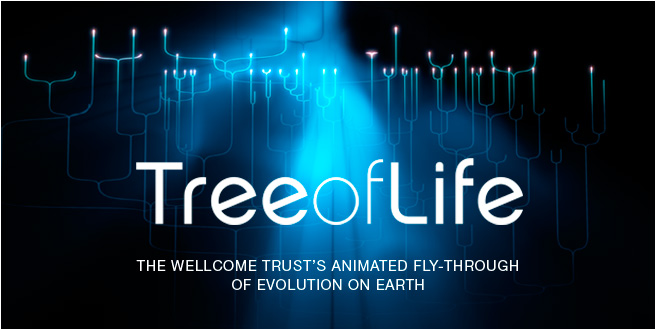There's an excellent
feature article by Elizabeth Pennisi in this week's issue of
Science on the evolution of cooperation.
The essay, the ninth in
Science's series of essays commemorating Darwin200 year (see their
Origins blog for more), is a fascinating account of the many theories behind this part of evolutionary science. It’s an incredibly multi-disciplinary topic, encompassing Darwin’s original theories, evolutionary psychology, economics and microbiology.
I realise the article is probably behind a paywall for many of you, so here are a few highlights that I found interesting:
- Cooperation has creates an evolutionary conundrum: if natural selection favours survival of the fittest, why would one individual help another at a cost to itself?
- There are many examples of cooperation and sacrifice in nature, from nitrogen-fixing bacteria in plants to worker ants who feed their queen’s offspring.
- Martin Nowak of Harvard University calls cooperation the “third pillar of evolution” after mutation and natural selection. “Cooperation leads to integration, and integration to the complexity we see in modern life.”
- Darwin suggested that that natural selection might favour families, and today’s researchers agree that an inclination to help relatives progeny, who carry some of the same genes, could be part of the explanation, but not all. Humans help out non-relatives, for example.
- Robert Trivers of Rutgers University suggests that reciprocal altruism – tit for tat – is likely to play a part. But in large groups the chances of re-encountering someone are small, and thus so are the chances of receiving reward.
- Mathematical models by Nowak and Karl Sigmund of the University of Vienna in 1998 suggest that reputations are also important. A person with a reputation for helping gets help, even from someone who has not benefited directly from that person in the past.
- Cheaters are likely to evolve because they will have an edge over individuals who spend energy helping others. This threatens the stability of any cooperative venture.
- Economist Ernst Fehr, of the University of Zurich, theorises that punishment plays a key role in cooperation, with the mere threat of it enough to inhibit cheaters. Others have downplayed the idea, pointing out long-term negative effects, such as escalating interpersonal conflict.
- Scientists are getting further understanding of cooperation from studying microorganisms. For example,
Pseudomonas bacteria secrete helpful biochemicals such as virulence factors and nutrient-scavenging molecules, when they sense other
Pseudomonas nearby.
- When
Pseudomonas colonies are threatened by mutated ‘cheater’ bacteria, they cause far less harm to the mice they infect because the cheaters disrupt the cooperative network. This may offer a new way to treat bacterial infections.
- Evolutionary forces may act on several levels. Competition between groups can help foster cooperation within them. Darwin noticed this in tribal groups and there is further evidence from modern military history – groups that are more likely to cooperate are more likely to be successful.
Do check out the
full article if you can. There's also an interview on the subject with the author on
Science's free-to-download
podcast.
 The BBC has a new site collecting some of the best moments from its nature documentaries, showcasing some of the world's most amazing animals.
The BBC has a new site collecting some of the best moments from its nature documentaries, showcasing some of the world's most amazing animals.














